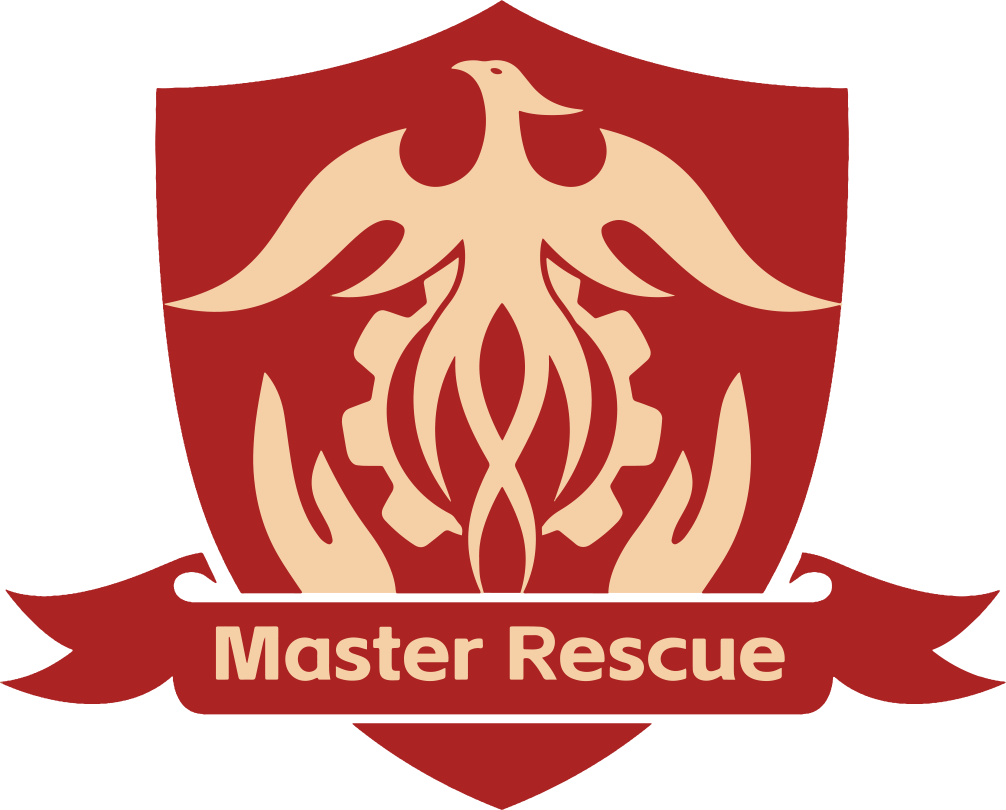In emergency medical care, one of the most dangerous and immediate threats to a trauma patient’s life is an open chest wound. A first aid chest seal is a crucial tool designed to manage such injuries, particularly sucking chest wounds, which occur when air is drawn into the chest cavity through an open wound. This simple but life-saving device helps to seal the wound and prevent complications like pneumothorax or tension pneumothorax—both of which can be fatal without prompt intervention.
What is a First Aid Chest Seal?
A first aid chest seal is a medical dressing designed to cover open chest wounds, creating an airtight seal to prevent air from entering the chest cavity. Typically, chest seals come with an adhesive backing to secure it over the wound and a one-way valve (in some designs) to allow trapped air to escape, reducing the risk of tension pneumothorax. The primary goal of this device is to stabilize the patient until they can receive further medical care, such as at a hospital.
Why is a First Aid Chest Seal Important?
- Prevents Air from Entering the Chest
A sucking chest wound allows external air to enter the pleural cavity, leading to the collapse of the lung (pneumothorax). The chest seal prevents air from entering, which is critical for maintaining lung function and preventing further injury. - Reduces the Risk of Tension Pneumothorax
When air enters the pleural cavity and gets trapped, it causes pressure to build up, a condition known as tension pneumothorax. This condition can lead to cardiac arrest if left untreated. A chest seal, particularly those with venting capabilities, ensures that air can escape but not enter, reducing the risk of this dangerous complication. - Immediate Stabilization
A chest seal can be applied in seconds, providing immediate stabilization for the patient. This rapid intervention is vital in emergency situations, where time is critical for survival. - Versatile and Easy to Use
First aid chest seals are designed to be lightweight, compact, and easy to carry in trauma kits. They are also simple to use, requiring minimal medical training for effective application.
How to Use a First Aid Chest Seal
- Assess the Wound
If the patient has an open chest wound (a sucking chest wound), check to ensure the wound is large enough to require sealing. The patient may exhibit symptoms like difficulty breathing or a noticeable sound of air being drawn in and out of the wound. - Prepare the Chest Seal
Open the sterile packaging of the chest seal, ensuring it has not been contaminated. If the seal has a peel-and-stick backing, remove the protective cover to expose the adhesive surface. - Apply the Seal
Place the chest seal directly over the open wound. Ensure the adhesive sticks firmly to the skin surrounding the wound to create an airtight seal. Press down on the edges to ensure it adheres properly. - Monitor the Patient
After the seal is applied, monitor the patient’s breathing. Signs of improving breathing, such as decreased pain and the ability to speak more clearly, are a good indicator that the seal is working. If the patient’s condition worsens or the seal becomes dislodged, apply a new one immediately. - Seek Advanced Medical Care
The chest seal provides immediate stabilization, but the patient will need to be transported to a medical facility for further treatment, such as a chest tube insertion, if necessary.
Benefits of Using a First Aid Chest Seal
- Prevents Further Damage
The first aid chest seal stops air from entering the pleural cavity, preventing the collapse of the lung and protecting vital organs from the pressure caused by air buildup. - Quick to Apply
In emergencies, every second counts. First aid chest seals are designed for fast application, enabling responders to provide life-saving care quickly, even with limited medical training. - Compact and Lightweight
First aid chest seals are small and easy to carry in trauma kits, making them ideal for use in various emergency scenarios, whether on the battlefield, at the scene of an accident, or in everyday emergencies. - Versatility
Suitable for a wide range of injuries, including gunshot wounds, stab wounds, and trauma from falls or accidents, a chest seal is an essential addition to any first aid or trauma kit.
Applications of a First Aid Chest Seal
- Military and Combat
In combat situations, chest wounds from gunshots or shrapnel are common. A first aid chest seal is crucial for stabilizing soldiers and preventing fatal complications until they can be evacuated for advanced medical treatment. - Emergency Medical Services (EMS)
Paramedics and EMTs frequently use chest seals to stabilize trauma patients, particularly when chest injuries are involved. The chest seal provides crucial care en route to the hospital. - Civilian Trauma
In civilian settings, car accidents, industrial injuries, or even severe falls can lead to chest wounds. A first aid chest seal helps to stabilize the patient until they reach a hospital for further treatment. - Disaster Response
In large-scale disaster scenarios, chest injuries are often caused by debris, explosions, or building collapses. First aid chest seals provide rapid, effective treatment to survivors, reducing the risk of fatal complications.
Conclusion: The Essential Role of a First Aid Chest Seal
The first aid chest seal is an essential tool in trauma care, providing quick, effective treatment for chest wounds that can otherwise lead to fatal complications. Whether in military, emergency, or civilian contexts, this simple yet effective device can make the difference between life and death by preventing the collapse of the lung and stabilizing the patient.
Lightweight, easy to use, and versatile, the first aid chest seal should be a staple in every first aid kit, ensuring that first responders can provide life-saving care to individuals with chest injuries. By sealing the wound and allowing air to escape safely, the chest seal helps prevent tension pneumothorax and gives patients the best possible chance for recovery.
